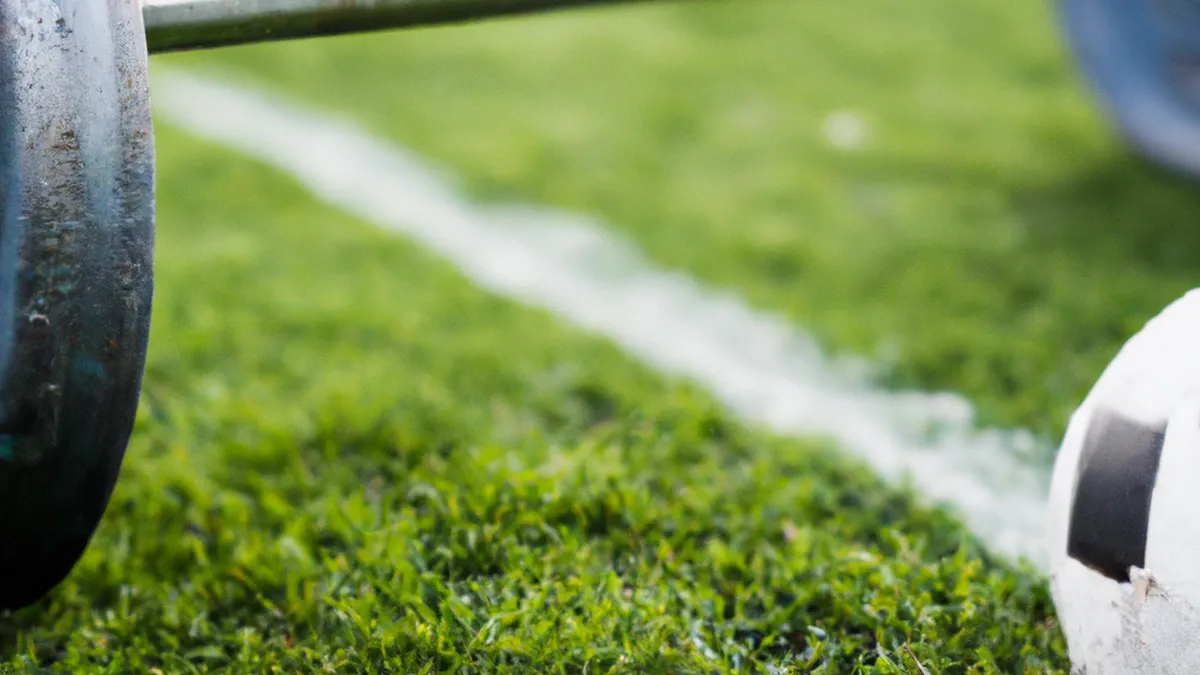Barbell Basics: Strength Training for Female Athletes
Adapting Training for Female AthletesCoaches must approach training for female athletes thoughtfully. They should recognize women’s unique physiology, psychology, and individual needs. Women’s bodies respond differently to training than men’s bodies do. Therefore, coaches must adapt their training methods. By tailoring programs, coaches can improve performance and promote well-being.
Understanding Physiological Differences
Female athletes experience physiological variations that influence their training. Hormonal fluctuations significantly impact energy levels, strength, and recovery times. For example, the menstrual cycle affects performance due to hormone changes. Many women feel stronger during the follicular phase and fatigued in the luteal phase.Coaches can optimize training schedules by understanding hormonal changes. They should schedule high-intensity workouts during the follicular phase and focus on recovery in the luteal phase. Women generally have a higher body fat percentage than men, affecting endurance and strength training outcomes. Thus, training programs must consider these physiological factors.
Hormonal Impact
Hormones significantly influence female athletic performance. For instance, estrogen enhances fat utilization during exercise, while progesterone may increase fatigue. Coaches should consider these influences when planning training regimens. Aligning training intensity with hormonal cycles can optimize performance.For example, coaches can increase training loads during the early menstrual cycle when energy levels are high. Conversely, they should reduce workout intensity during pre-menstruation when fatigue is common. Understanding these hormonal dynamics helps athletes achieve better results while feeling in tune with their bodies.
Nutrition Matters
Proper nutrition is crucial for all athletes, especially female athletes facing unique challenges. A balanced diet supports hormonal health and sustains energy during training and competitions. Female athletes must prioritize protein intake for muscle repair and recovery, particularly after strength training. Incorporating iron-rich foods is essential to combat fatigue, especially during menstruation. Foods like leafy greens, lean meats, and legumes should feature prominently in their diets.Hydration is also critical for nutrition. Women may have different hydration needs due to body composition. Coaches should encourage regular fluid intake among female athletes.
Conclusion
As an Amazon Associate I earn from qualifying purchases.
Gear tip: consider compression sleeves, compression socks, and goalkeeper gloves to support this topic.
In summary, understanding and adapting to female athletes’ unique needs enhances their performance and overall well-being. Coaches must prioritize tailored training and nutrition strategies.
Below are related products based on this post:
FAQ
Why is it important to adapt training for female athletes?
Adapting training for female athletes is essential because women have unique physiological and psychological needs that differ from men. Recognizing these differences allows coaches to tailor training methods, ultimately improving performance and promoting overall well-being.
How do hormonal fluctuations affect female athletes’ training?
Hormonal fluctuations significantly impact energy levels, strength, and recovery times for female athletes. For example, energy levels may be higher during the follicular phase, allowing for more intense training, while fatigue is common during the luteal phase, suggesting a need for recovery-focused workouts.
What role does nutrition play in the training of female athletes?
Nutrition is crucial for female athletes to support hormonal health and sustain energy levels during training. Prioritizing protein intake for muscle repair and incorporating iron-rich foods can help combat fatigue, especially during menstruation, making proper nutrition a key component of their overall training strategy.















Post Comment